How women dealt with periods long before sanitary pads and tampons
Long before the sanitary pad got its wings, it was meant to help men cope with another kind of bleeding. Ahead of Menstrual Hygiene Day on May 28, CNA Women takes a closer look.
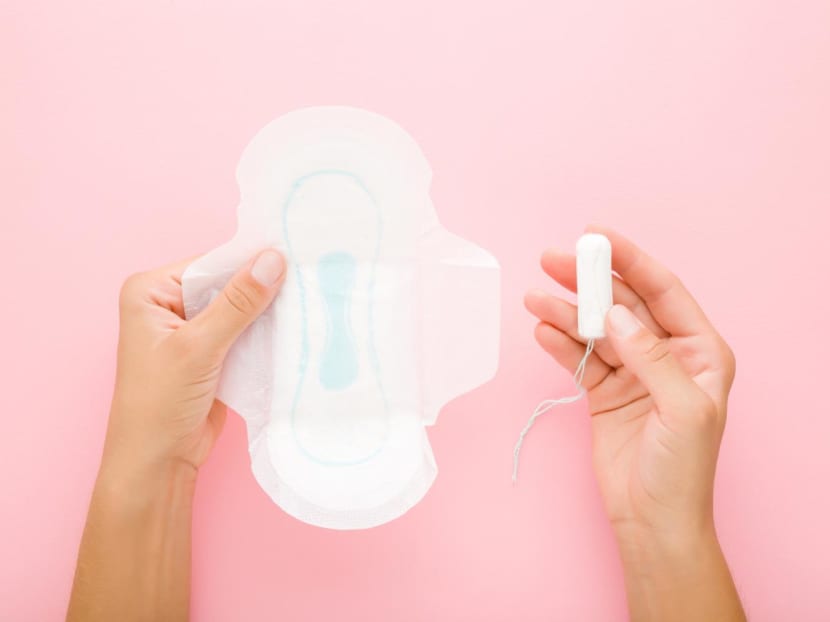
(Photo: iStock/FotoDuets)
Did you know that the first disposable sanitary pads were made for men, not women?
In the 1700s, the idea of creating a highly absorbent pad that could be discarded after use was thought up by US president Benjamin Franklin, who wanted to help wounded soldiers control bleeding of a different kind.
Of course, women were menstruating before the 1700s and were known to use some form of menstrual protection. One of the earliest records was of a 4th-century Greek mathematician, who resorted to throwing her menstrual rag at a persistent admirer after everything else she did failed to fob him off.
Other than rags, women also lined their underwear with whatever was cheap and in abundance. In China, women were thought to have made period pads by putting sand in a cloth pouch and wrapping it tightly. When the pad was wet, the sand would be discarded and the pouch washed for the next cycle.
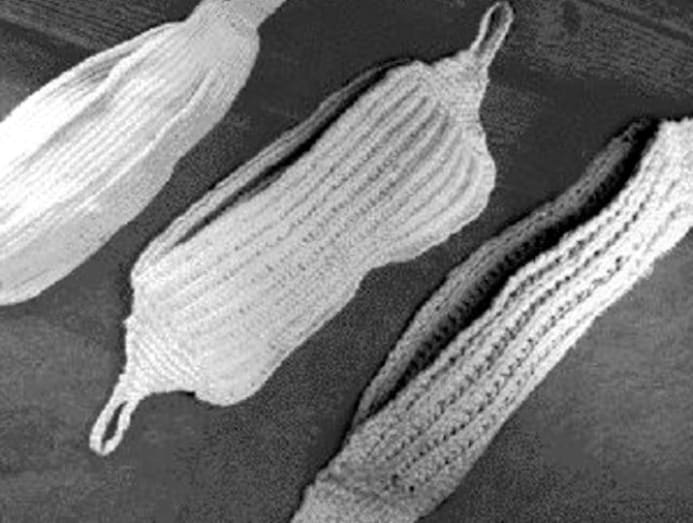
Elsewhere, women were said to have used moss or grass, though we wonder if they also had to grapple with frequent infections down there.
It isn't clear why menstrual rags weren't used by some women from the 1700s to the 1900s in Europe or America. It could be the extreme poverty that the majority of the population lived through.
For whatever reason, women did not use anything to catch their menstrual flow. Those who could afford to would use knitted "pads", sheep's wool, or rabbit fur.
MARKETING "UNMENTIONABLES"
The first disposable pads that women finally got to buy and use came out in the 1890s. They were inspired by French nurses who had used pads stuffed with absorbent wood pulp to stop excessive bleeding on the battlefield.
One such item was Johnson and Johnson's Lister's Towels, which came out in 1896. But because advertising such "unmentionables" was frowned upon, not many women knew about them. Curads faced the same fate when it tried to sell its pads in 1920.
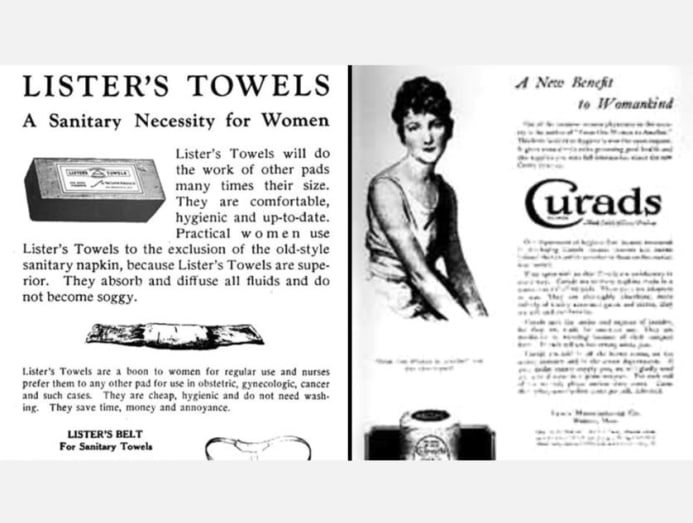
How did women know about sanitary pads when you couldn’t even talk about them? In 1921, Kimberly-Clark got around it by getting women to ask for the pads by the brand Kotex, which is short for cotton-like texture. The name is still synonymous with sanitary pads today.
Women who were embarrassed to approach the male clerk for Kotex had another option: Boxes of the disposable sanitary pads were placed on the cashier's countertop, so women could simply pick up a box and drop money into a special payment box – making Kotex one of the first self-service items in America.
But these early sanitary pads were nothing like the version we are familiar with today. The great-grand-daddy of sanitary pads looked like cotton wool held in netting with loops on each end. Women wore these pads with a belt to hold them in place, though not very successfully as they tended to shift forward or backwards.
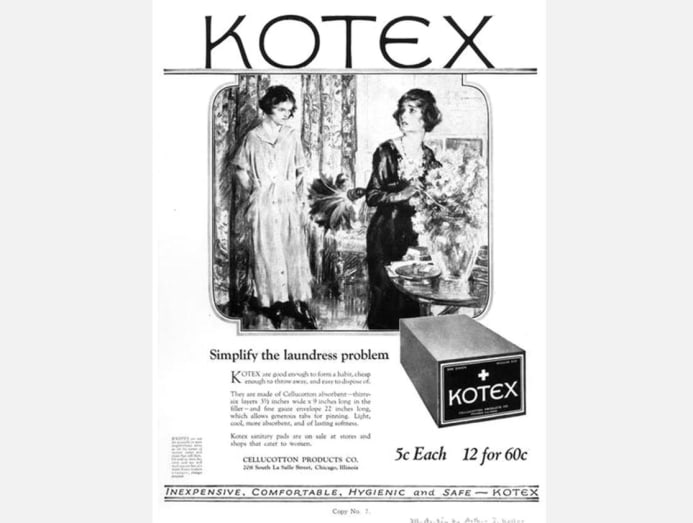
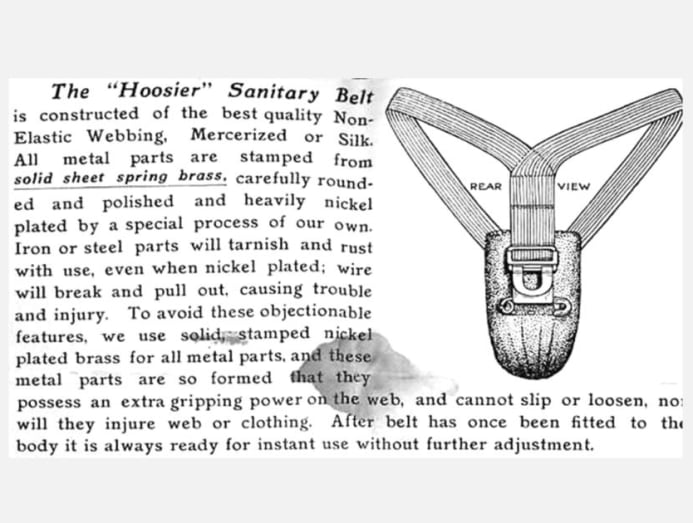
It was only in the 1980s when the stick-on pad we’re familiar with today appeared. Before we knew it, they'd sprouted "wings", adopted scents to mask odour, and came in various thickness and lengths to suit different flow rates.
TAMPONS AS CONTRACEPTION?
As for tampons, the earliest version can be found in ancient Egyptian records, which described tampons fashioned from the papyrus plant.
In the fifth century, Greek women were said to have made their version by wrapping lint around a small piece of wood, according to Hippocrates.
Women in ancient Japan fashioned tampons out of paper, held them in place with a bandage, and changed them 10 to 12 times a day.
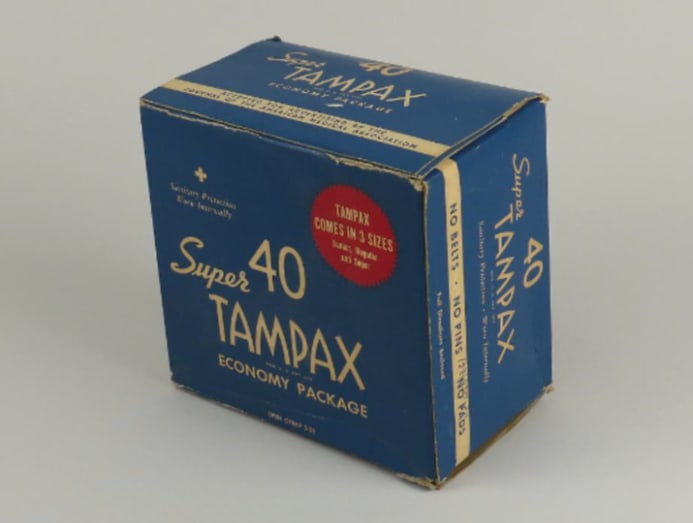
The tampons of old weren't always used for period protection. The ancient Egyptians and Romans fashioned tampons out of elephant or crocodile dung, or lint soaked in acacia juice to use as contraception.
Tampons were also used as pessaries for delivering medicine into the vagina and cervix – though the effectiveness was highly questionable, considering these were reportedly soaked in substances that ranged from goose fat to opium.
The modern tampon with its applicator was created in 1929 by Dr Earle Haas, who invented and patented the design. He later sold the rights to businesswoman Gertrude Tendrich, who went on to start the company behind Tampax.
The tampon without applicator, however, was created in the late 1940s by German gynaecologist Judith Esser-Mittag. The name "ob" is short for "one binde", which means "no napkins" in German.





